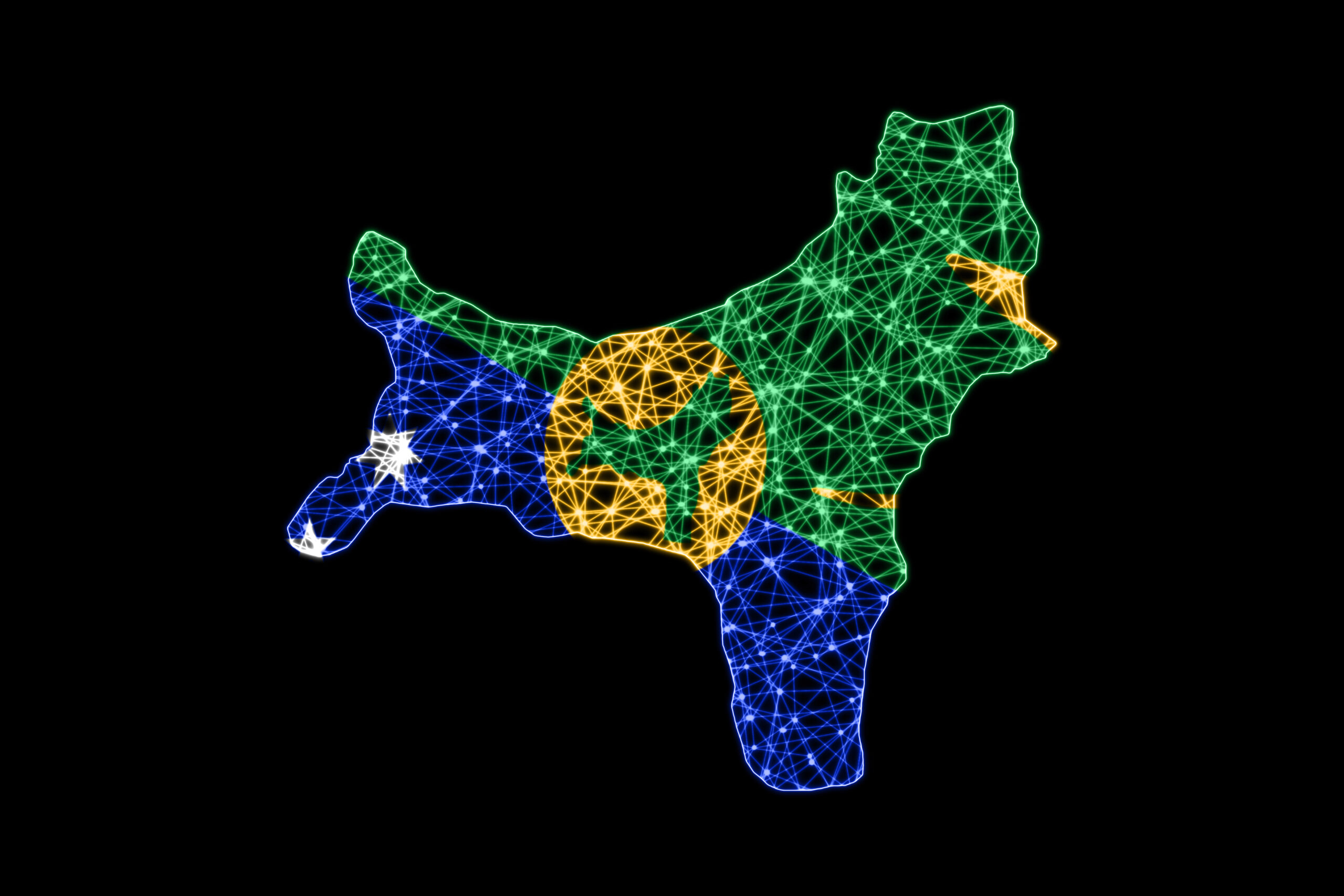
Below are step-by-step instructions and recommended sources:
Source: Australian Bureau of Statistics (ABS)
The ABS provides detailed and up-to-date shapefiles for various geographic levels, including Suburbs and Localities (SAL).
Download Link:
Steps to Download:
- Go to the ABS Digital Boundary Files page.
- Scroll to “Suburbs and Localities (SAL)”.
- Choose your preferred format:
- Shapefile (.shp) for GIS use
- GeoPackage (.gpkg) or GeoJSON if you’re using it for a web map
- Download the ZIP file containing the shapefiles.
- Extract the
.zipfile – you will find.shp,.shx,.dbf, and other necessary files.
How to Use on a Website/Blog
Depending on your stack:
- For a web map (Leaflet, Mapbox, etc.):
- For a blog with static images:
- Use QGIS to render the shapefile and export it as an image (PNG/SVG).
Convert Shapefile to GeoJSON
Method A: Use Mapshaper.org – Simple & Free
- Go to https://mapshaper.org
- Drag and drop all components of your shapefile:
.shp(main geometry).shx(index).dbf(attribute data)
- After the map loads, you can:
- Simplify the geometry (optional, to reduce file size)
- Filter or edit the dataset
- Click
Export>GeoJSON - Save the GeoJSON file
Now you have a .geojson file that you can use in web mapping tools like Leaflet or Mapbox.
OPTION 2: Embed an Interactive Suburb Map
Let’s embed an interactive map using Leaflet.js (free, open-source). You’ll need:
- A simple HTML file
- The GeoJSON file of Australian suburbs
Sample Code to Embed GeoJSON Map Using Leaflet
Interactive Map of Australian Suburbs
What You Need:
index.html(the code above)suburbs.geojson(converted from your shapefile)- Host both on your site/server

